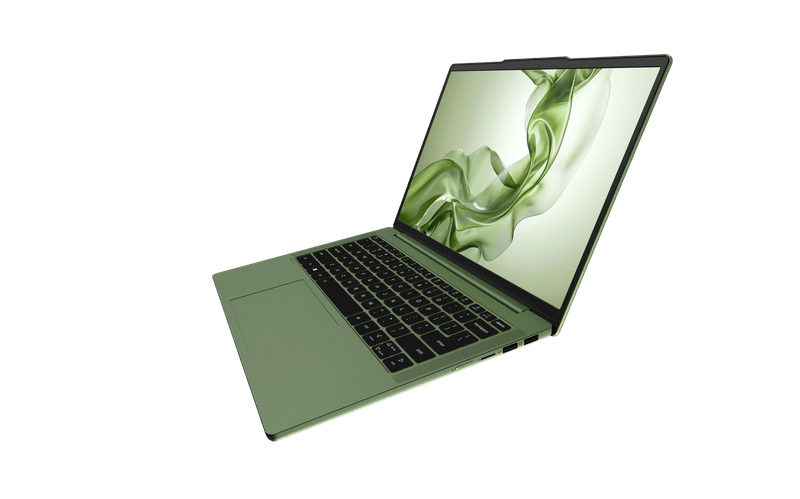Help Me, Laptop: Should I Buy an Alienware 17 or Razer Blade Pro?
Ah, gaming laptops. Depending on the price, they're a mass of shiny metal, blinking lights and seriously powerful specs. But just like most things in life, no two laptops are made the same. Which is why our forum member falconealexander97 reached out looking for help on deciding which gaming laptop to buy.
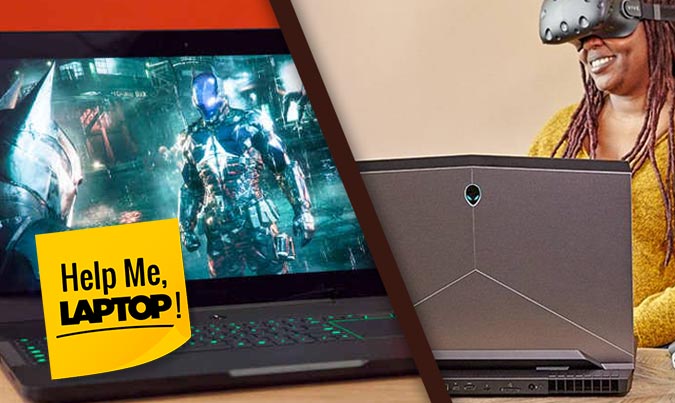
According to the forum post, falcon is trying to choose between the Alienware 17 R4 and the Razer Blade Pro HD. The Alienware 17 that falcon is interested in costs $2,199 and has a 2.9-GHz Intel i7-7820HK processor, 16GB of RAM, a 180GB M.2 SATA solid-state drive with a 1TB, 7,200-rpm hard drive, an Nvidia GeForce GTX 1080 GPU with 8GB of VRAM and a 1920 x 1080 display.
At the time of this writing, the Razer Blade Pro HD is available for $1,999 and features a 2.8-GHz Intel Core i7-7700HQ CPU, 16GB of RAM, a 256GB PCIe M.2 SSD with a 2TB 5,400-rpm HDD, an Nvidia GeForce GTX 1060 GPU with 8GB of VRAM and a 1920 x 1080 display.
| Row 0 - Cell 0 | Alienware 17 R4 | Razer Blade Pro HD |
| Price | $2,199 | $1,999 |
| CPU | 2.9-GHz Intel Core i7-7820HK processor | 2.8-GHz Intel Core i7-7700HQ processor |
| RAM | 16GB | 16GB |
| Storage | 180GB M.2 SATA SSD/1TB 7,200-rpm HDD | 256GB PCIe M.2 SSD/2TB 5,400-rpm HDD |
| Graphics | Nvidia GTX 1080 GPU with 8GB of VRAM | Nvidia GTX 1060 GPU with 6GB of VRAM |
| Display | 17.3-inch 1920 x 1080 non-touch panel | 17.3-inch 1920 x 1080 non-touch panel |
| Ports | 2 USB 3,0 ports, USB Type-C, Thunderbolt 3, mini DisplayPort, HDMI 2.0, Gigabyte Ethernet, headphone jack, microphone jack, proprietary Alienware Graphics Amp port | 3 USB 3.0 ports, Thunderbolt 3, HDMI 2.0, card reader, Gigabyte Ethernet, Kensington Security lock, headset jack |
| Size | 16.7 x 13.1 x 1.2 inches | 16.7 x 11 x 0.89 inches |
| Weight | 9.6 pounds | 7.7 pounds |
Although our forum member is partial to the Blade Pro's design, falcon is worried that the "Razer will not be able to play at very high settings for upcoming games, making it less future proof." Another concern is the display refresh rate. While the Blade Pro's screen boasts a 120-hertz rate, the configuration that falcon's interested in only has a 60-Hz rate. The other configurations — including the QHD (2560 x 1440) and 4K (3840 x 2160) with Nvidia G-Sync and Tobii Eye Tracking technology — are out of falcon’s price range. Here’s our advice.
Design
I'm a fan of Razer's and Alienware's different takes on design. Where the Alienware 17 looks like a small extraterrestrial battleship, complete with an intergalactic light show, the Razer Blade Pro goes for a more subtle and alluring look, with its stunning black CNC aluminum chassis and glowing green, tri-headed snake emblem.
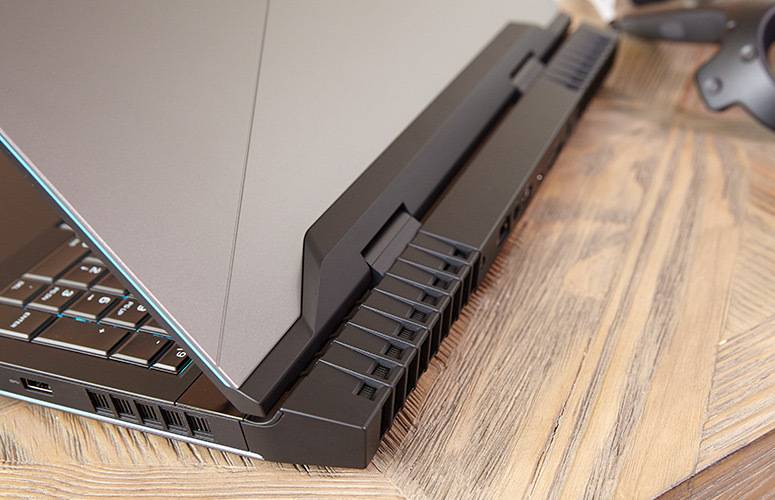
Opening the Blade Pro reveals a glittering cascade of color that's every bit as captivating as the Alienware 17's strategically placed lighting.
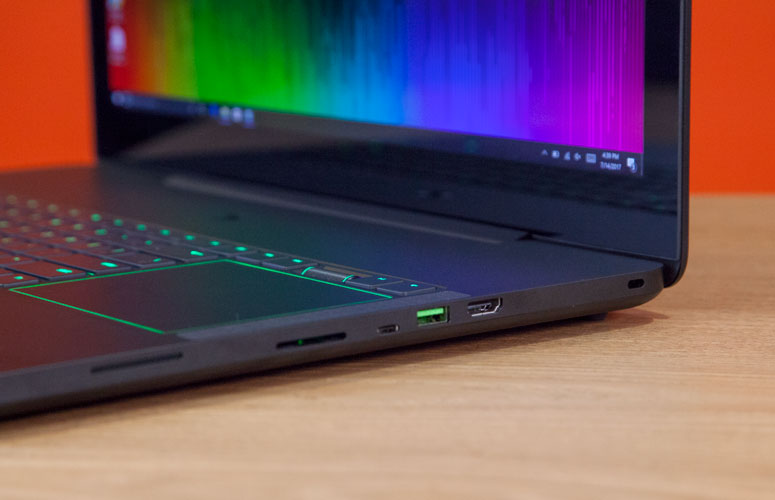
But outside of the design, weight and measurements play a major part in my preference. Weighing 7.7 pounds, the 16.7 x 11 x 0.89-inch Blade Pro is the laptop I'd prefer to have in my backpack if I had to travel. At 9.6 pounds, the Alienware 17 (16.7 x 13.1 x 1.2 inches) fully embraces that desktop-replacement classification.
Stay in the know with Laptop Mag
Get our in-depth reviews, helpful tips, great deals, and the biggest news stories delivered to your inbox.
Winner: Razer Blade Pro
Display
Both the Alienware 17 and the Blade Pro are outfitted with 1920 x 1080 IPS panels. The Alienware 17's screen is locked into a 60-Hz refresh rate, which is the rate the display updates the image on the screen. The Blade Pro doubles that rate at a whopping 120 Hz, which means smoother rendering for prettier graphics.
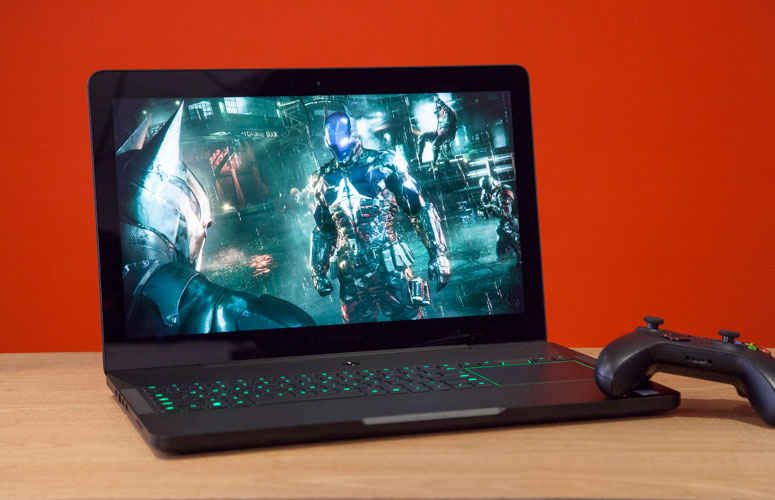
As far as color reproduction goes, the Blade Pro beat out the Alienware 17, reproducing 126 percent of the sRGB gamut, compared to 113 percent. When we measured for screen brightness, the Blade Pro again reigned supreme, with an average of 334 nits, outshining the Alienware 17's 278 nits.
Winner: Razer Blade Pro
Gaming and Graphics
The Alienware 17 that falcon is considering has an Nvidia GTX 1080 GPU with 8GB of VRAM. The Blade Pro in falcon’s price range has an Nvidia GTX 1060 GPU with 6GB of VRAM. There's no question of which system wins this round.
During the Hitman benchmark (ultra settings at 1080p and DirectX 12), the Alienware 17 notched an impressive 110 frames per second, while the Blade Pro achieved 71 fps. Let's be clear that 71 fps is well over our 30-fps playability threshold, but it's just not as good as the Alienware 17's score.
When we ran the Rise of the Tomb Raider test, the Blade Pro scored 35 fps, while the Alienware obtained 62 fps. The scores were closer on the Grand Theft Auto benchmark, with the Alienware 17 hitting 52 fps, while the Blade Pro delivered 49 fps.
Although both systems can support virtual reality headsets like the HTC Vive and Oculus Rift, the Alienware 17 is better than the Blade Pro at rendering the necessary 90 Hz. When we ran the SteamVR Performance test, the Alienware 17 maxed out the test at 11, while the Blade Pro produced a score of 6.8.'
Winner: Alienware 17
Future Proof
Falcon is concerned about future proofing, particularly when it comes to the GPUs. And while it's true that sooner or later, both Nvidia and AMD will launch more powerful GPUs for mobile, neither notebook will be obsolete anytime soon. This is especially true of the more powerful GTX 1080. But if falcon wants to add a measure of future proofing, an external GPU would be a good investment, such as the $499 Razer Core V2 or the $199 Alienware Graphics Amp.
Powered by a desktop GPU, both devices bypass the laptop's native graphics in favor of the card housed in the external enclosure. However, you have to supply your own graphics card.
Winner: Draw
Overall Performance
Both the Alienware 17 and Blade Pro can handle their fair share of multitasking. However, the Alienware 17's overclockable 2.9-GHz Intel Core i7-7820HK processor has the edge over the Blade Pro's 2.8-GHz Intel Core i7-7700HQ CPU.
During the Geekbench 4 overall performance test, the Alienware 17 reached 14,472, while the Blade Pro scored 14,760. But the Alienware pulled ahead in other tests.
On our productivity test, the Alienware 17 paired up 20,000 names and addresses in 1 minute and 47 seconds, while the Blade Pro finished with a time of 3:18.
When we ran our file copy test, the Alienware 17's 512GB PCIe SSD delivered a data rate of 282 megabytes per second. The Blade Pro and its 256 M.2 PCIe SSD with a 2TB, 7,200-rpm hard drive reached a speed of 175.5 MBps.
Winner: Alienware 17
Battery Life
The Alienware 17 falls prey to gaming laptops' biggest weakness — short battery life. The laptop lasted only 2 hours and 47 minutes on our battery test, which consists of continuous web surfing.
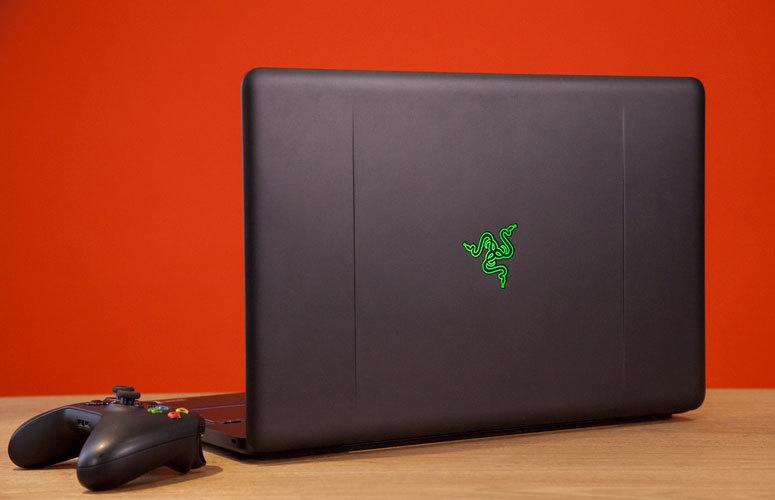
The Blade Pro, with its less-demanding specs, ran for an impressive 6:11.
Winner: Razer Blade Pro
Value
The two systems are closely priced, but offer radically different specs. The $2,199 Alienware comes configured with a powerful 2.9-GHz Intel i7-7820HK processor, 16GB of RAM, a 180GB M.2 SATA solid-state drive with a 1TB, 7,200-rpm hard drive, a beastly Nvidia GeForce GTX 1080 GPU with 8GB of VRAM and a 1920 x 1080 display.
The Razer Blade Pro HD is currently available for $1,999 and features a 2.8-GHz Intel Core i7-7700HQ CPU, 16GB of RAM. a 256GB PCIe M.2 SSD with a 2TB, 5,400-rpm HDD, a less powerful Nvidia GeForce GTX 1060 GPU with 8GB of VRAM and a 1920 x 1080 display.
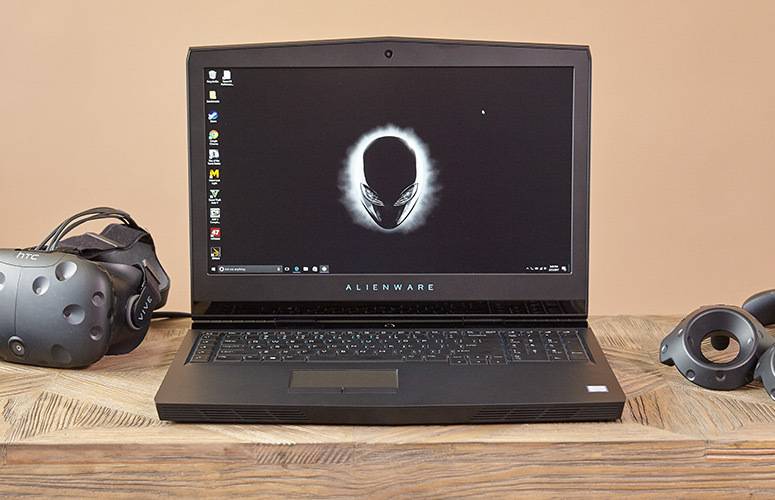
For an extra $200, the Alienware offers an overclockable Core i7 processor and the most powerful laptop GPU available. However, I'd prefer a larger-capacity SSD. While the Blade Pro isn't as powerful, it has a better display, with much more storage capacity.
Winner: Draw
Winner: Razer Blade Pro HD
While I tend to lean toward the more powerful laptop in these kinds of matchups, I'm going to buck my usual thinking and go with the Razer Blade Pro HD, which beat the Alienware 17 with a score of 3 - 2.
| Row 0 - Cell 0 | Alienware 17 R4 | Razer Blade Pro |
| Design | Row 1 - Cell 1 | Row 1 - Cell 2 |
| Display | Row 2 - Cell 1 | Row 2 - Cell 2 |
| Gaming and Graphics | Row 3 - Cell 1 | Row 3 - Cell 2 |
| Future Proof | Row 4 - Cell 1 | Row 4 - Cell 2 |
| Overall Performance | Row 5 - Cell 1 | Row 5 - Cell 2 |
| Battery Life | Row 6 - Cell 1 | Row 6 - Cell 2 |
| Value | Row 7 - Cell 1 | Row 7 - Cell 2 |
For $1,999, you get a laptop with a more vivid display, longer battery life and double the storage. It's also incredibly portable compared to the Alienware 17. And if falcon wants to future proof the laptop, it’s easy to add on the Razer Core V2 and a desktop GPU.
But if falcon wants a more powerful machine, the Alienware 17 is the way to go, with its overclockable Core i7 processor and its mighty GTX 1080 GPU. That graphics card ensures incredibly high frame rates while gaming and butter-smooth VR experiences. Regardless of which system falcom chooses, our friend has a lot of great gaming on the horizon.

Sherri L. Smith has been cranking out product reviews for Laptopmag.com since 2011. In that time, she's reviewed more than her share of laptops, tablets, smartphones and everything in between. The resident gamer and audio junkie, Sherri was previously a managing editor for Black Web 2.0 and contributed to BET.Com and Popgadget.
